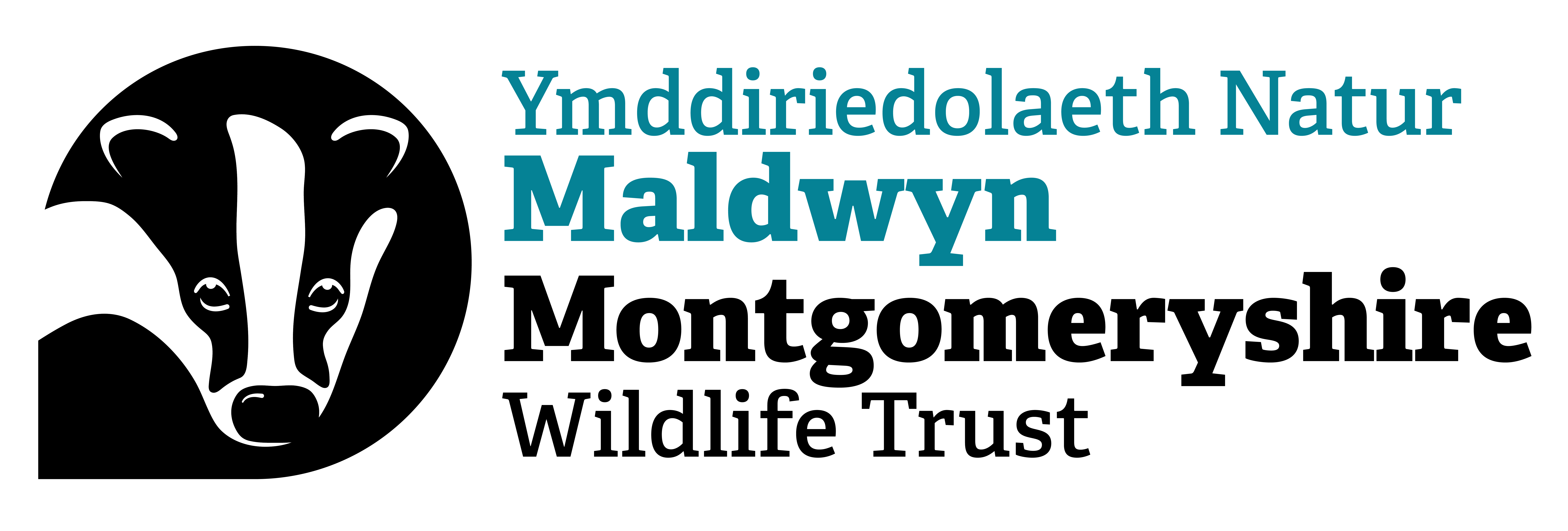Search
Chwilio
Make a donation
How to create a mini pond
Even a small pond can be home to an interesting range of wildlife, including damsel and dragonflies, frogs and newts. Any pond can become a feeding ground for birds, hedgehogs and bats – the best…
Freshwater
The rain-soaked lands of Britain and Northern Ireland are rich in rivers, streams, lakes, ponds, canals and ditches. Whether natural or artificial, they are the life-force behind the wildlife we…
Top tips for making the most of your pumpkin.
As we creep closer to Halloween we want to share ideas on how we can use our jack-o-lanterns for wildlife.
Minotaur beetle
Named for its three bull-like horns, the minotaur beetle is a large dung beetle found on grassland and heathland. Adults drag dung back to their nests for their larvae to feed on.
Go on a Canal Safari
How we are run
Our commitment to Equality, Diversity & Inclusion (EDI)
Thank you renewal
Thank you donation
Yellow horned-poppy
Easily recognised in its beach habitat, the Yellow horned-poppy is so-named for its long, curving seedpods that look like horns! Look for golden-yellow flowers in June.
